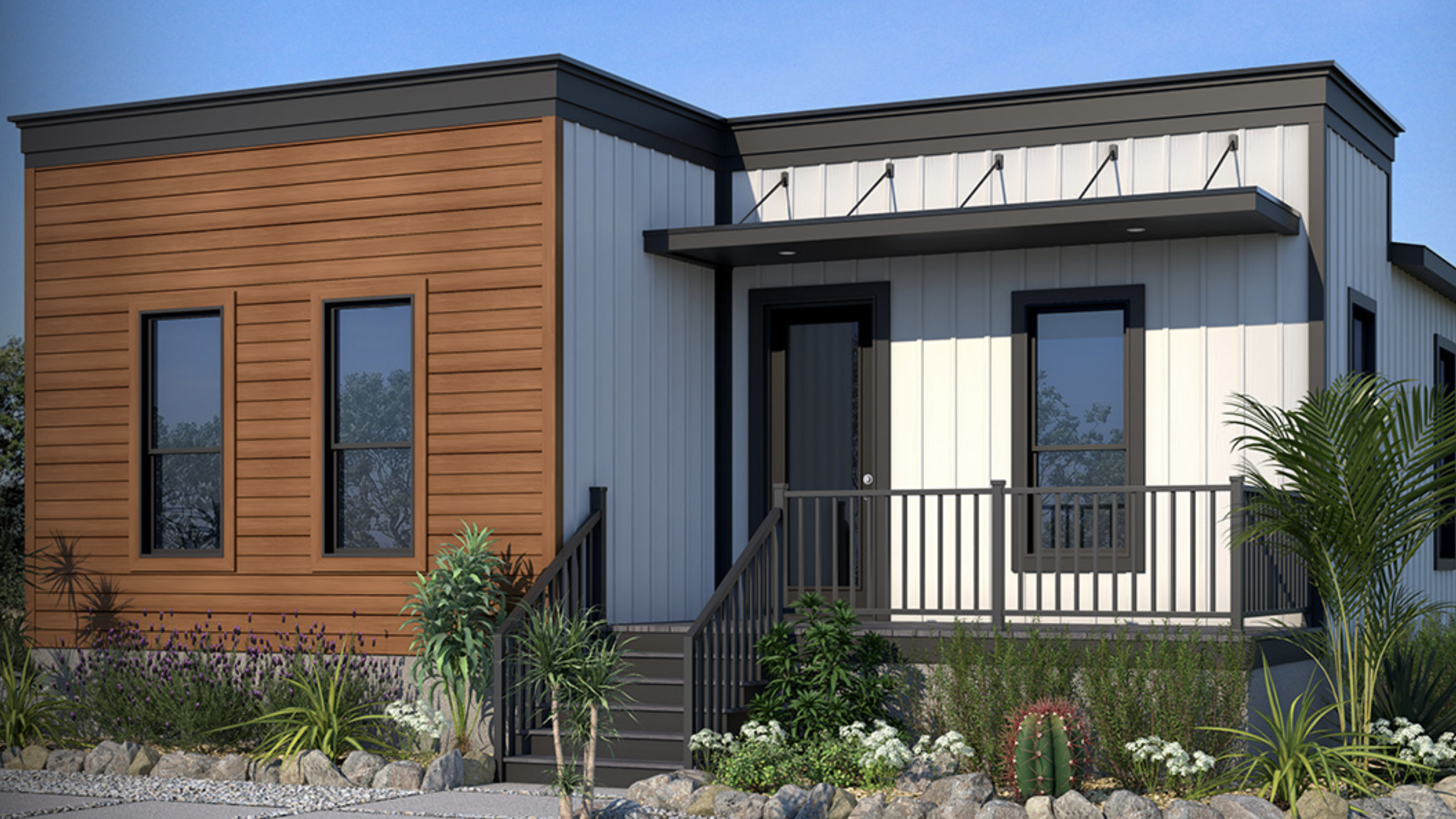 Each week as I think about this weekly blog, I try to find a topic that is not only green, but a universal opportunity. What I mean is no matter how important green is to your company, market or consumers, these green tips should help you save money whether you want to be green or not. One aspect of green is finding ways to avoid cost increases.
Each week as I think about this weekly blog, I try to find a topic that is not only green, but a universal opportunity. What I mean is no matter how important green is to your company, market or consumers, these green tips should help you save money whether you want to be green or not. One aspect of green is finding ways to avoid cost increases.
Over the past two weeks, I have started to hear rumblings among trades of the dreaded return of fuel surcharges, especially if gas prices continue to rise. Nationally, the average price of unleaded and diesel has gone up $0.30 and $0.20 in the past 4 weeks. According to most analysts, that will only get worse before it gets better. How will rising fuel costs affect your building activities? How much should that surcharge be for your homes? Can it be zero?
I ran through a few calculations (if you are interested in the details I will post the results on the TrueNorth Facebook page, http://on.fb.me/TrueN). A 2600 square foot, single family home with an average build time of 65 work days will consume about 1750 gallons of fuel. This includes material transport and construction activities onsite. It does not include manufacturing, customers travel, warranty, or office overhead allocations for employees. So, if anything this number is conservative. At current gas prices, the cost of fuel to build a house is over $6,800. A huge number when you consider none of that cost is actually found in the final project. (Imagine presenting a line-item charge to your buyer for all fuel charges. Would they pay it?)
If you can reduce this, no doubt, you will be a greener organization. So, exploring the potential of this opportunity, if you can shorten construction time by 1 week by being more efficient in your scheduling and more strict with deadlines, fuel usage will drop by 100 gallons. As you do this, you will be more efficient with your trades and inevitably reduce the number of trips a trade makes to the jobsite. For example, if your lumber estimates are right the first time, you will not need an add-on order (or 2 or 3) and your lumber company can save a trip to the site. Those efficiencies translate to an additional 300 gallon savings, totally over 400 gallons, or $1600.
The value of these savings will help give you the leverage to renegotiate any potential fuel surcharges and save green while going green. What more evidence do you need to start exploring LeanBuilding opportunities, especially when no companies can afford cost increases for waste?
Related Stories
Custom Builder
3 Questions Answered About Reliable Energy in Home Construction
Energy expert Bryan Cordill makes a case for why and how propane is an answer to growing concerns about reliability and resilience in home construction
Business
PERC Highlights Sustainability and Efficiency at IBS with 'Clean Build Conversations'
Hear from industry standouts Matt Blashaw and Anthony Carrino at this hour-long Show Village event
Construction
How to Air Seal the Garage
A poorly sealed wall or ceiling between the garage and the main house can let harmful fumes into the living space
New Home
Hosting Multiple Generations for Generations to Come
Despite juggling numerous program and site considerations, architect Joel Wenzel designed a long-lasting, multi-generational retreat that nestles seamlessly into its bucolic surroundings
Custom Builder
How the Zero Energy Ready Home Update Emphasizes Resilience and Decarbonization
ZERH Version 2, released in December of 2022, will boost the efficiency and performance of single-family homes, preparing them for the increasingly oppressive weather
Business
The Fundamental Integration of Sustainability and Architecture
California architect Ryan McDaniel provides real-world insights and examples into how he approaches sustainability for his projects.
Codes & Standards
An Introduction to the Zero Energy Ready Home Program
Late in 2022, the U.S. Department of Energy's Zero Energy Ready Home program announced the rollout of ZERH Single Family Version 2
Construction
Guest Column: Residential Construction Trends to Follow in 2023
PERC shares homeowner trends to keep on your radar in the New Year.
Business
Stretching the Budget to Meet the Massachusetts Stretch Code
We take a look at Massachusetts' Stretch Code and how it's affecting design and construction on The House That Blues Built
Green & Sustainable
Sustainability Pioneers: 5 Brands to Watch
These leading manufacturers are committed to creating a more sustainable future for the building industry. Here are the steps they're taking to accomplish that












